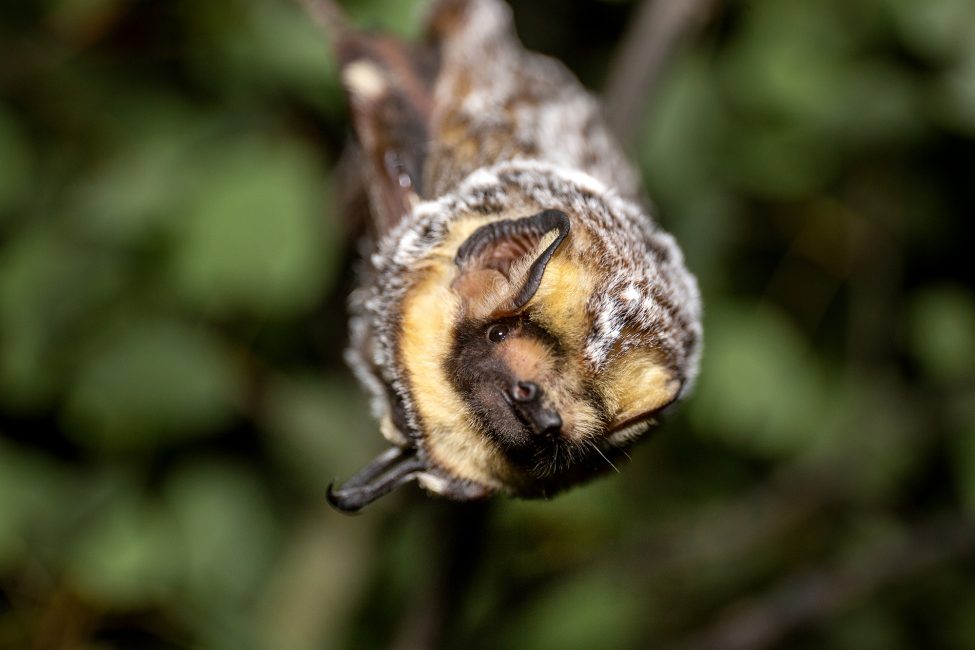
March 15, 2024
Beneficent Bat, Part 2
- as seen by -
 Cori Lausen
@wcsbatscanada@wcscanadabats
Cori Lausen
@wcsbatscanada@wcscanadabats Hoary bats are long-distance migrators, traveling hundreds or thousands of miles seasonally to raise young in the northern reaches of North America. This species takes advantage of winds that can help them migrate, pushing the bats southward in fall where they can avoid extreme winter conditions. Increasingly, wind turbines that generate electricity are being constructed in their migratory paths. The bats are killed by the fast-turning blades of the turbines. As the longest-lived and slowest reproducing of all small mammals, their populations cannot withstand high rates of mortality.
As a species that depends on trees, forest harvest is an ongoing problem for hoary bats. A current threat of increasing numbers of wind turbines has scientific models predicting their extinction if nothing is done. These bats have been assessed as “Endangered” in Canada and are now being reviewed for listing under Canada’s Species at Risk Act. In the US, this species is scheduled to be assessed in 2027. Bat conservationists are lobbying to expedite these listings and encourage provincial and state governments to regulate the wind energy industry.
There are solutions to reduce bat fatalities. You can help the hoary bat, and other bat species being killed by wind turbines, by asking your government representatives to require wind turbines to not spin during low wind speeds in fall, when bats migrate (at night only). Wind turbines produce less electricity at low wind speeds, thus the cost to the wind energy industry will be minimal. It is estimated there is more than 15% lost energy production from turbines each year due to unpredictable winds and maintenance issues, but saving bats on average is expected to result in only 1-2% less captured energy.
This is a small price to pay to save more than a million bats each year across North America. We need bats and they need us. To help us bring in bat-friendly wind energy practices, donate at WCS Canada, and type in “help bats”.
EDITOR’S NOTE: Read more on hoary bats at Beneficent Bat, Part 1.
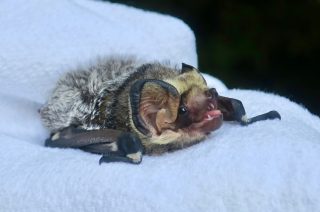
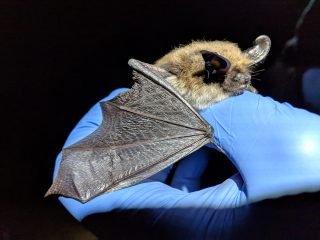
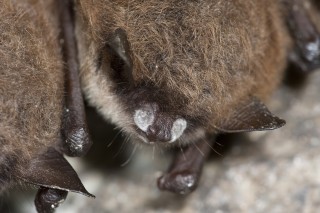
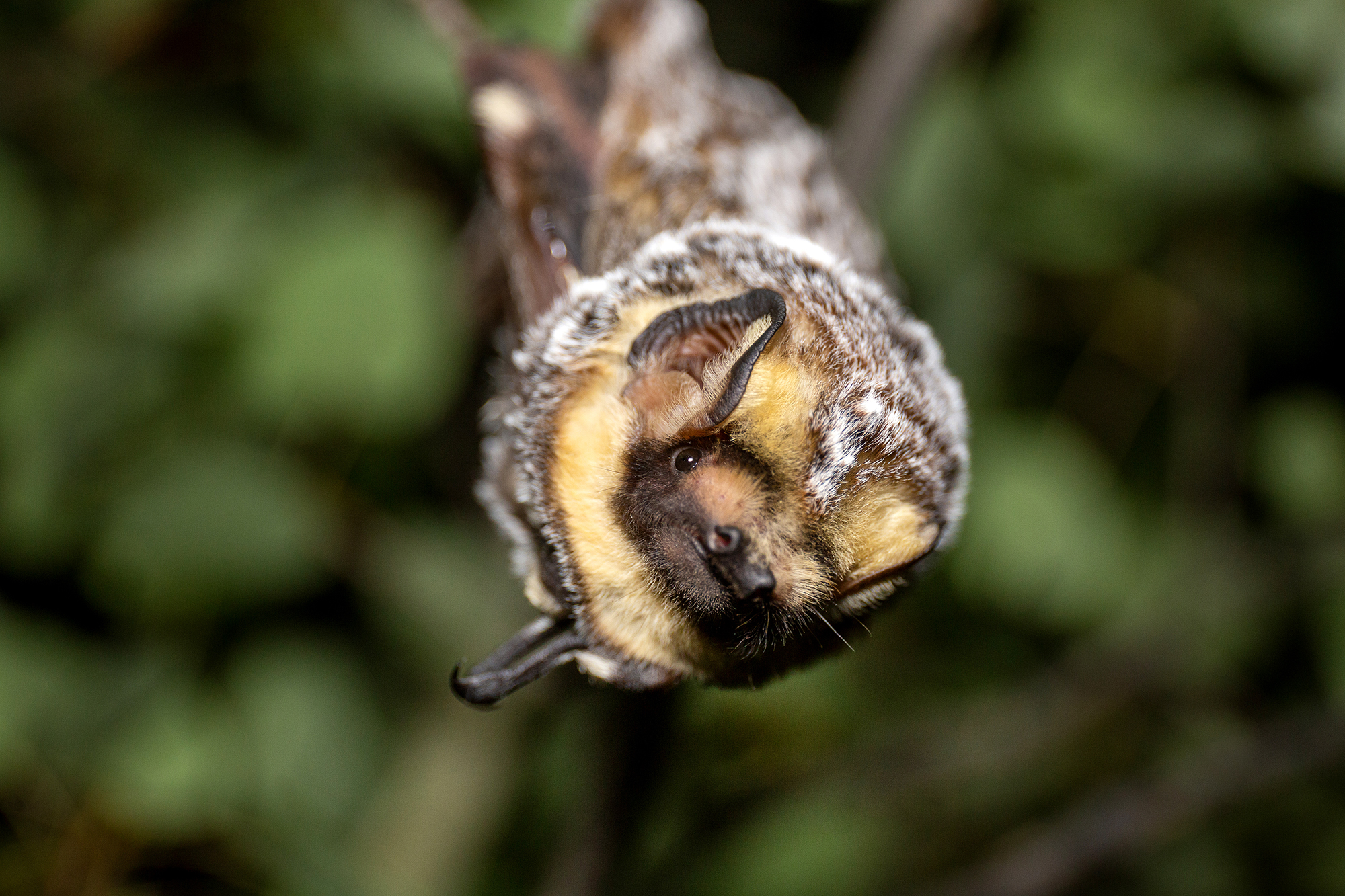
Leave a Comment